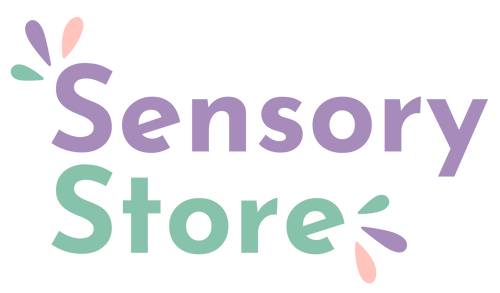Play is more than just fun—it’s the foundation of cognitive development in a baby’s first year. Every interaction, toy, and experience contributes to the brain’s rapid growth, laying the groundwork for problem-solving, memory, and critical thinking skills. Understanding how play supports cognitive development can help parents make the most of these formative months.
How Play Supports Cognitive Development
1. Sensory Exploration: Building Neural Connections
From birth, babies are constantly processing new sights, sounds, textures, and movements. Sensory play—such as feeling different fabrics, listening to music, or watching a play mobile—stimulates neural pathways that support future learning. These early experiences shape how babies understand their environment and respond to stimuli.
2. Cause and Effect: Understanding the World
At around 4-6 months, babies begin to grasp cause and effect. Simple activities like shaking a rattle to produce sound or knocking over stacking cups teach them that their actions influence outcomes. This fundamental understanding is crucial for problem-solving and logical thinking later in life.
3. Object Permanence: Strengthening Memory
Between 6-9 months, babies start to understand object permanence—the concept that objects exist even when out of sight. Peek-a-boo, hide-and-seek with toys, or covering and uncovering objects encourage this cognitive milestone, strengthening memory and attention span.
4. Problem-Solving and Imitation: Learning Through Observation
As babies approach their first birthday, they become more interested in problem-solving and imitating adults. They may try to fit shapes into a sorter, stack blocks, or mimic everyday tasks like brushing their hair. These activities encourage cognitive flexibility, spatial awareness, and early reasoning skills.
5. Language Development: Communication and Understanding
Play is essential for language acquisition. Reading books, singing songs, and engaging in back-and-forth babbling games teach babies about communication patterns and vocabulary. Even before they speak, babies absorb the rhythm and structure of language through playful interactions.
Choosing the Right Play Activities
The best toys and activities for cognitive development are those that encourage exploration and problem-solving. Here are some age-appropriate play ideas:
-
0-3 Months: High-contrast toys, soft music, and gentle touch experiences.
-
3-6 Months: Rattles, textured toys, tummy time, and mirrors.
-
6-9 Months: Stacking cups, peek-a-boo, and sensory boxes.
-
9-12 Months: Shape sorters, books, and simple problem-solving toys.
Final Thoughts
Play isn’t just about entertainment—it’s a powerful tool for cognitive development in your baby’s first year. By providing engaging, stimulating experiences, parents can support their child’s ability to learn, reason, and explore the world with confidence. Every giggle, reach, and discovery builds the foundation for future learning and success.



